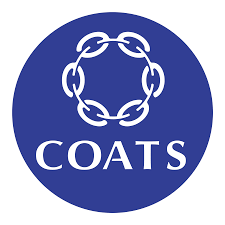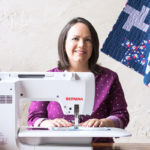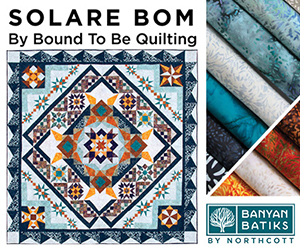
Have you ever thought about what your checkout counter should or shouldn’t have? When you think about it, it’s the most important part of your store (aside from the window display, but that’s encouraging business from the outside in). By the time customers make it to checkout, they’re ready to spend their hard earned cash on the products you’ve provided. Here are some ideas to make the most of that space.
- Encourage impulse buys. This is a great place to put gift cards and small, must need items. Examples include thimbles, rotary cutters, needles, and other quilting notions. Anything you can think of that would nicely round out a crafting project should be placed here.
- Spice up the place. Adding a plant to the counter or quotes that inspire you are easy ways to do this. This is also a great place to put seasonal decorations, and to make a statement with your personal style. Having art on the counter can transform the entire room. Also make sure you have great lighting here, too.
- Advertise. This is the one place in the store customers are static and attentive. If you’ve been thinking about adding a TV to your store, behind the checkout counter is the perfect place to do it. Have a slideshow of different store products run all day. If you’d rather skip this, then definitely put your social media handles in the vicinity to grow your social following.
What else can I add to my checkout?
If you contribute to a charitable cause, your checkout is a perfect place to display that, and to encourage others to donate. Every business has a checkout counter, so take note of what they include and what you’ve bought last second. Talking to other business owners is always a great way to get ideas. Share your thoughts by commenting below; let us know what has worked for you.
Have you heard the news? American Quilt Retailer is hosting the opening session at spring Quilt Market in Kansas City! Their Schoolhouse Series includes breakout sessions and an opportunity to gain firsthand knowledge from the people who make, design, or write about the products you sell. Register to attend today.
















